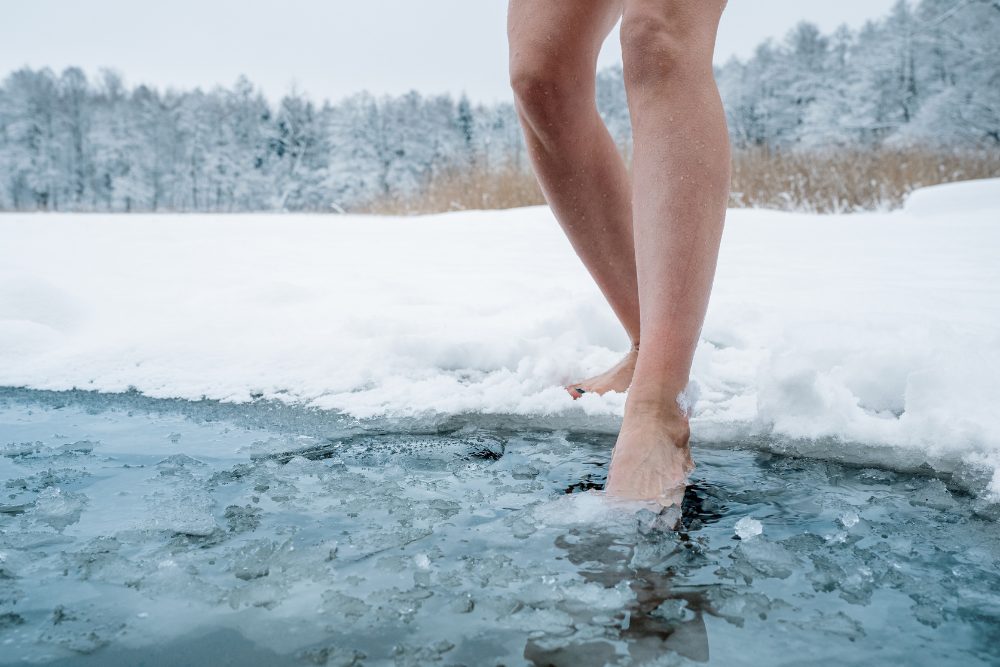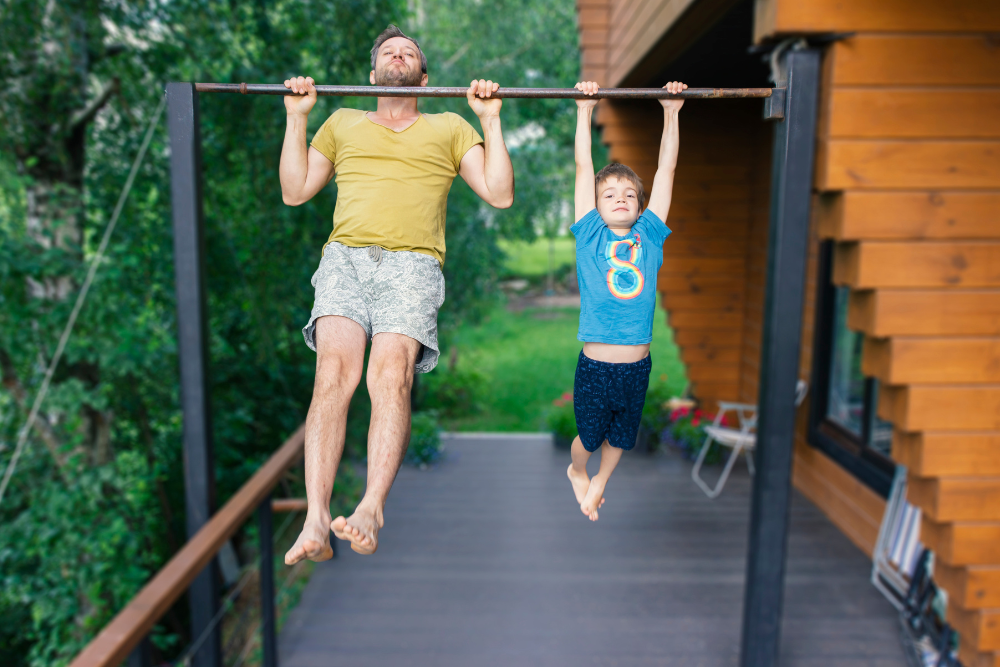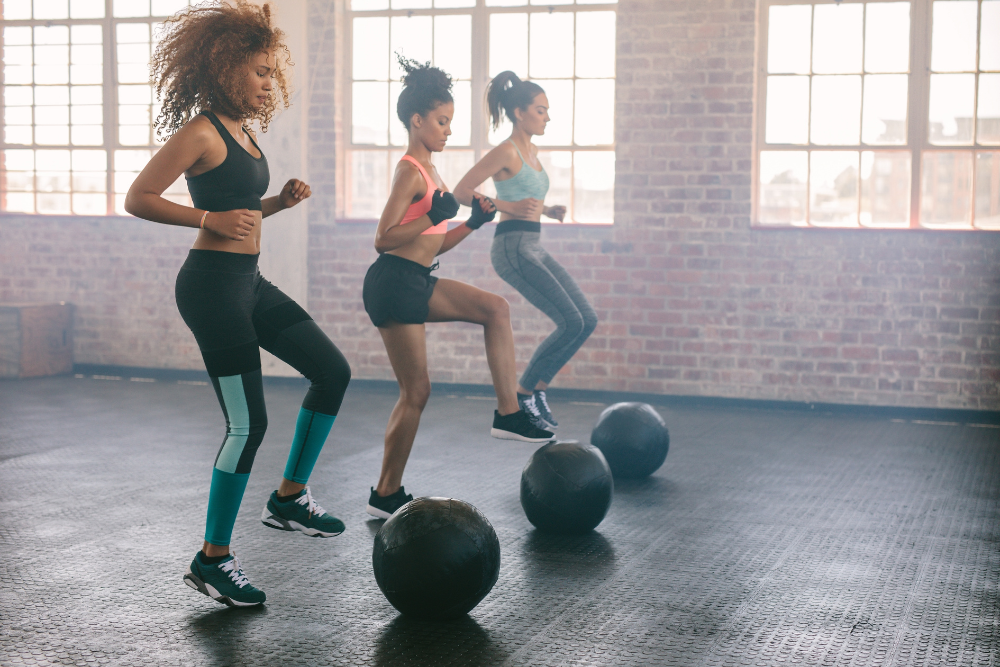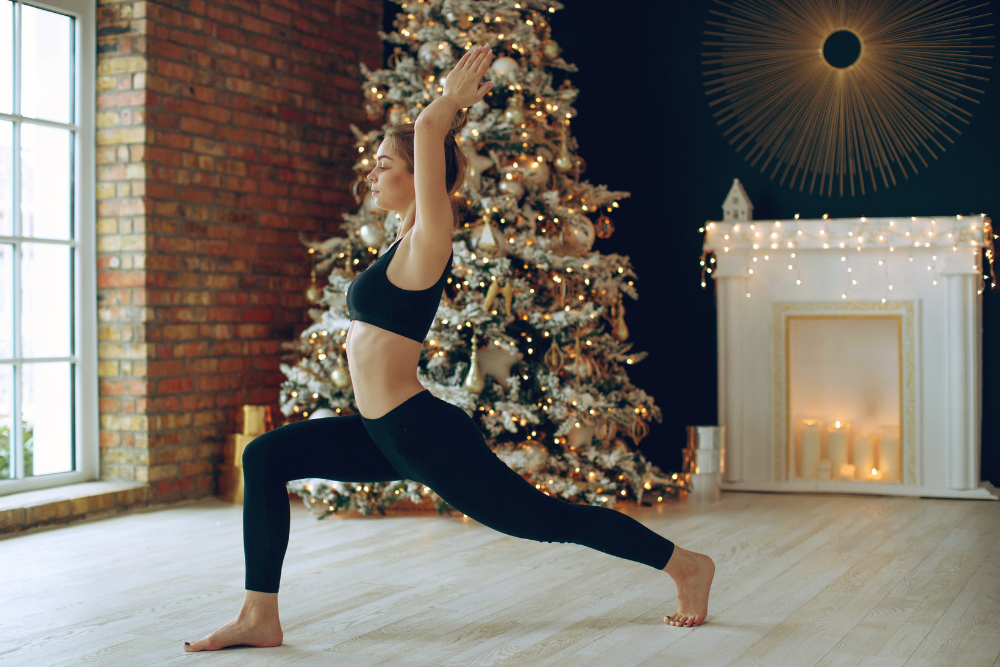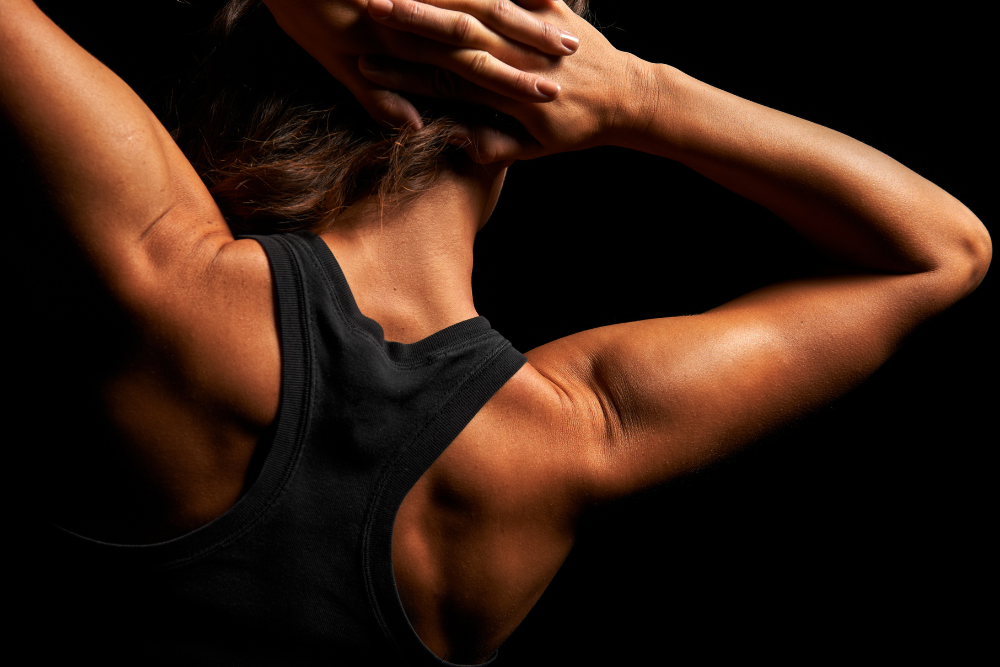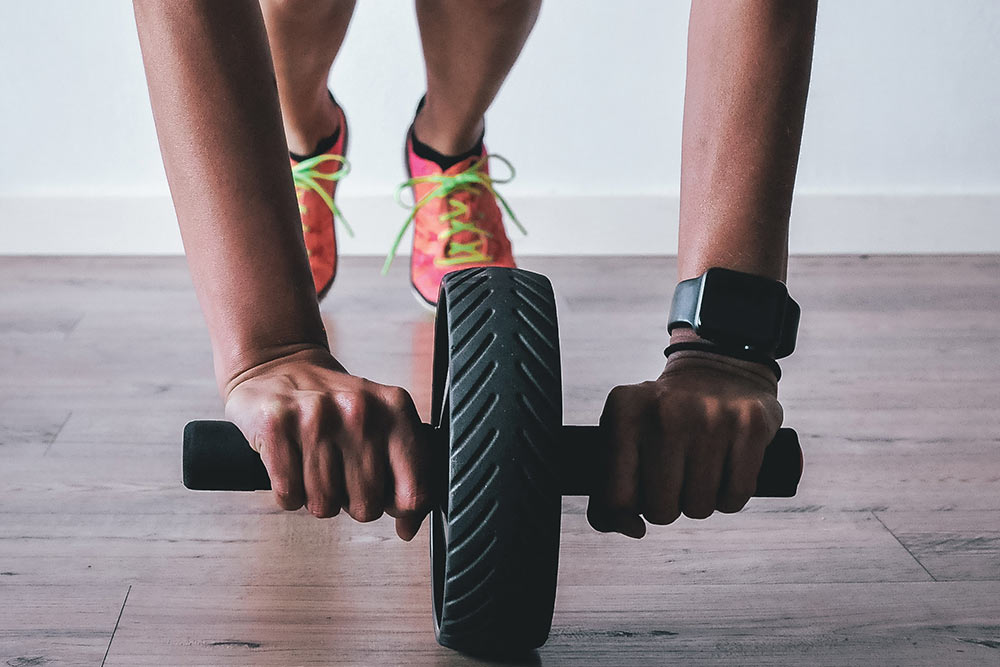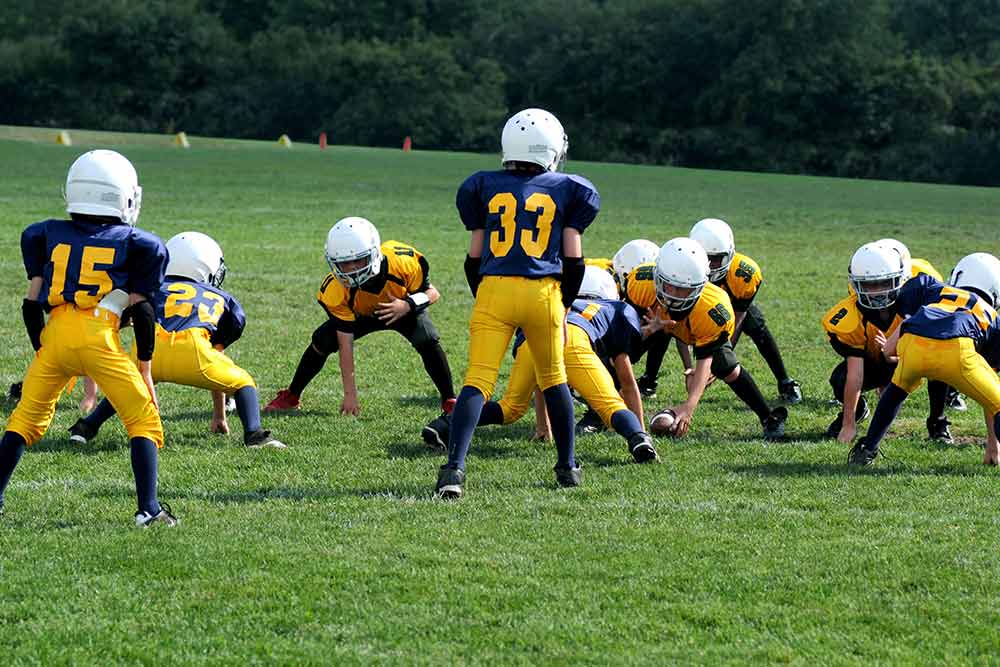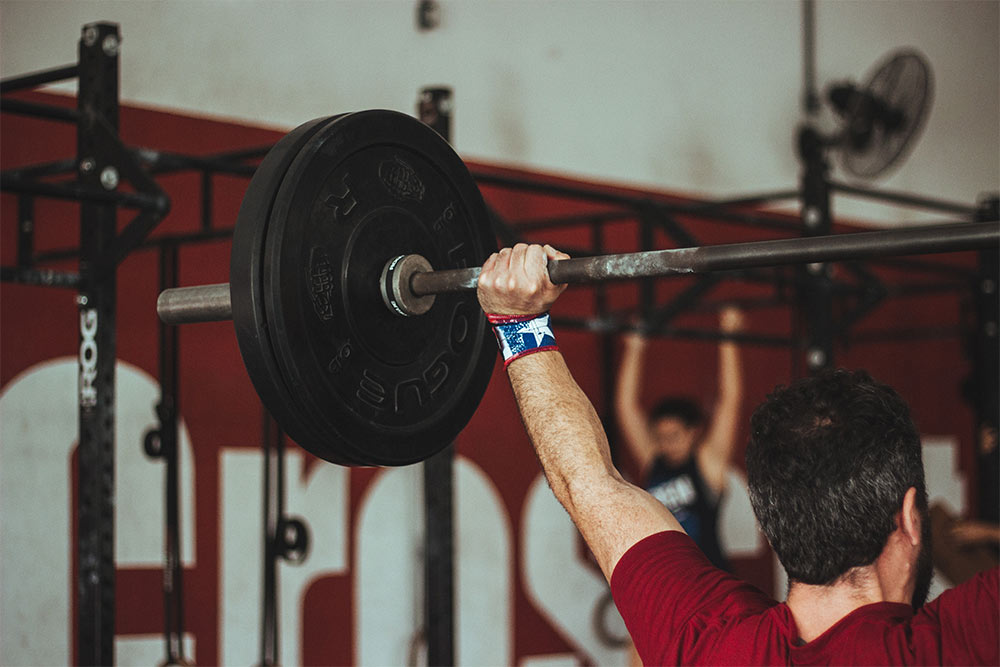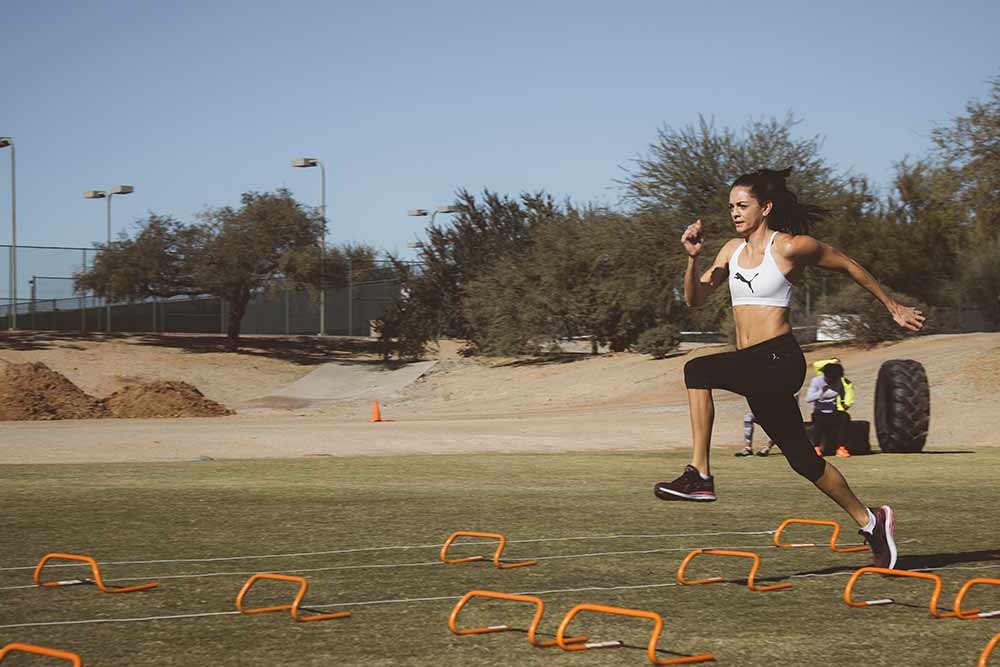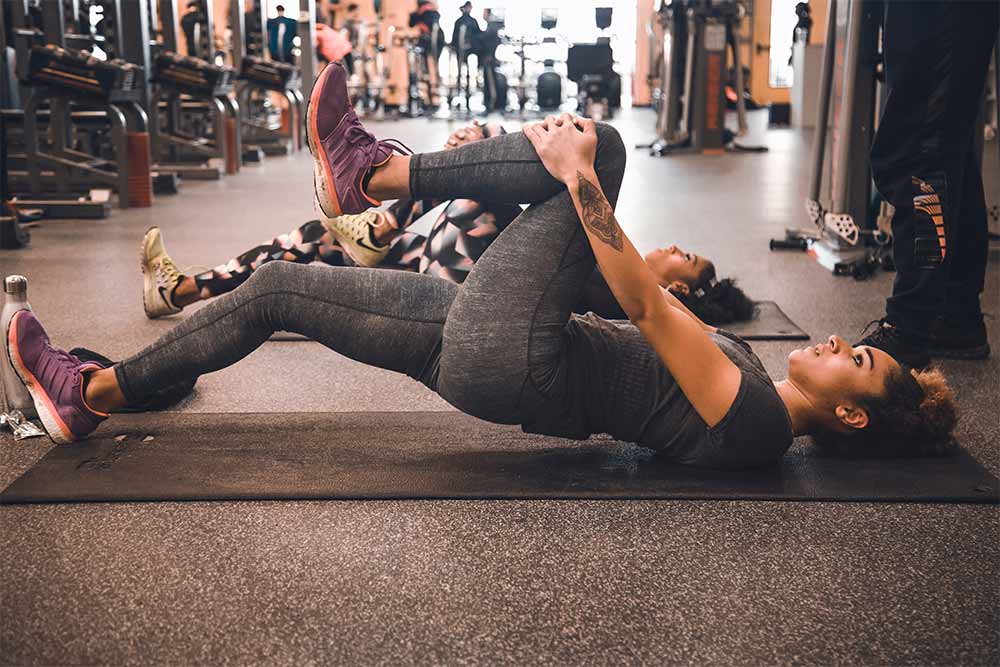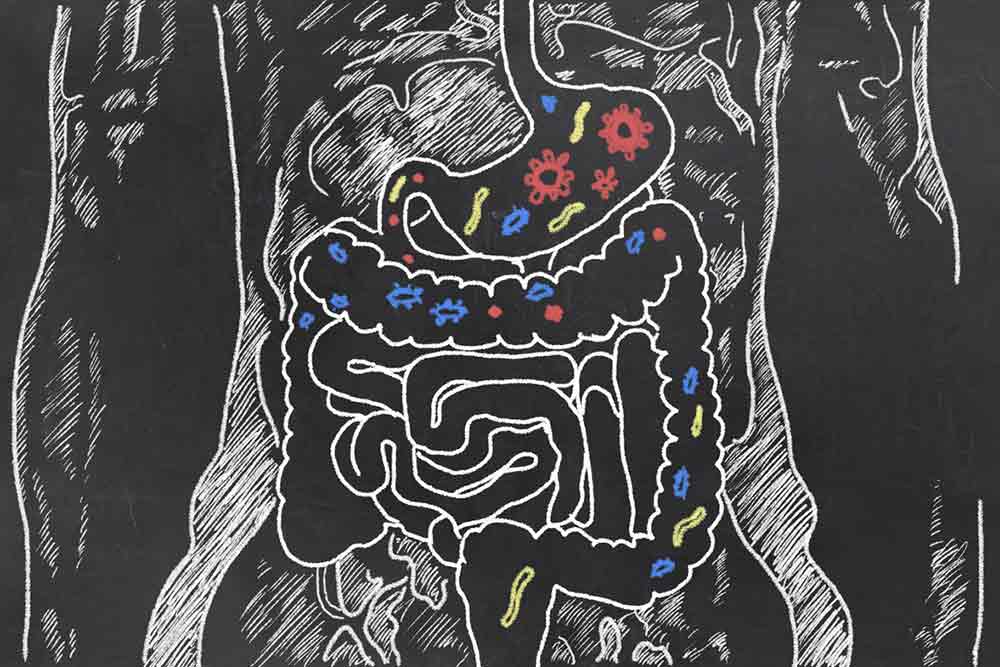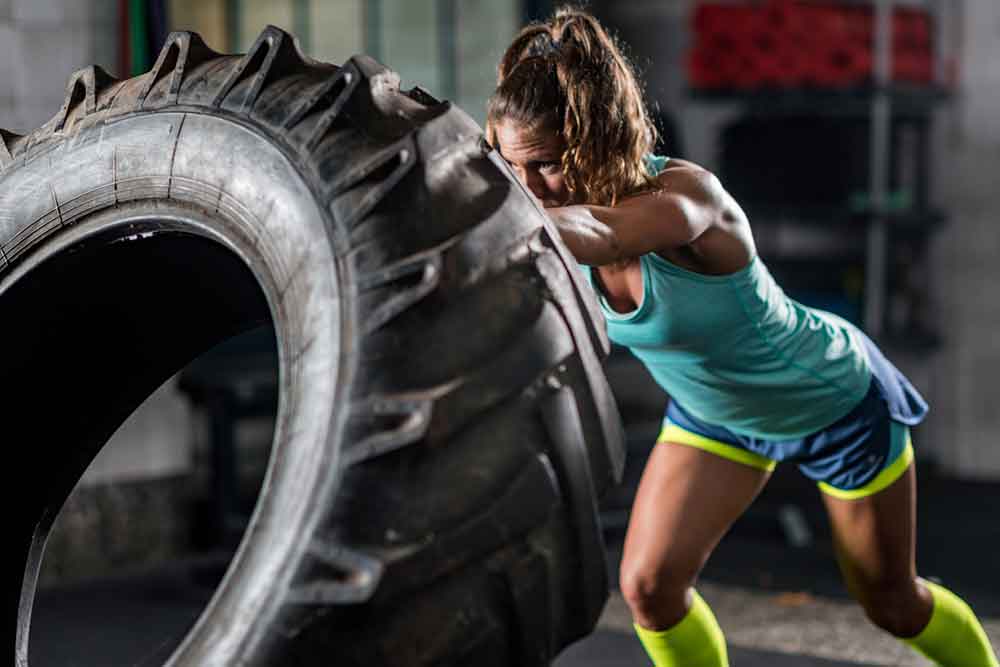Roller Skiing Predicts Youth Cross-Country Skiing Performance
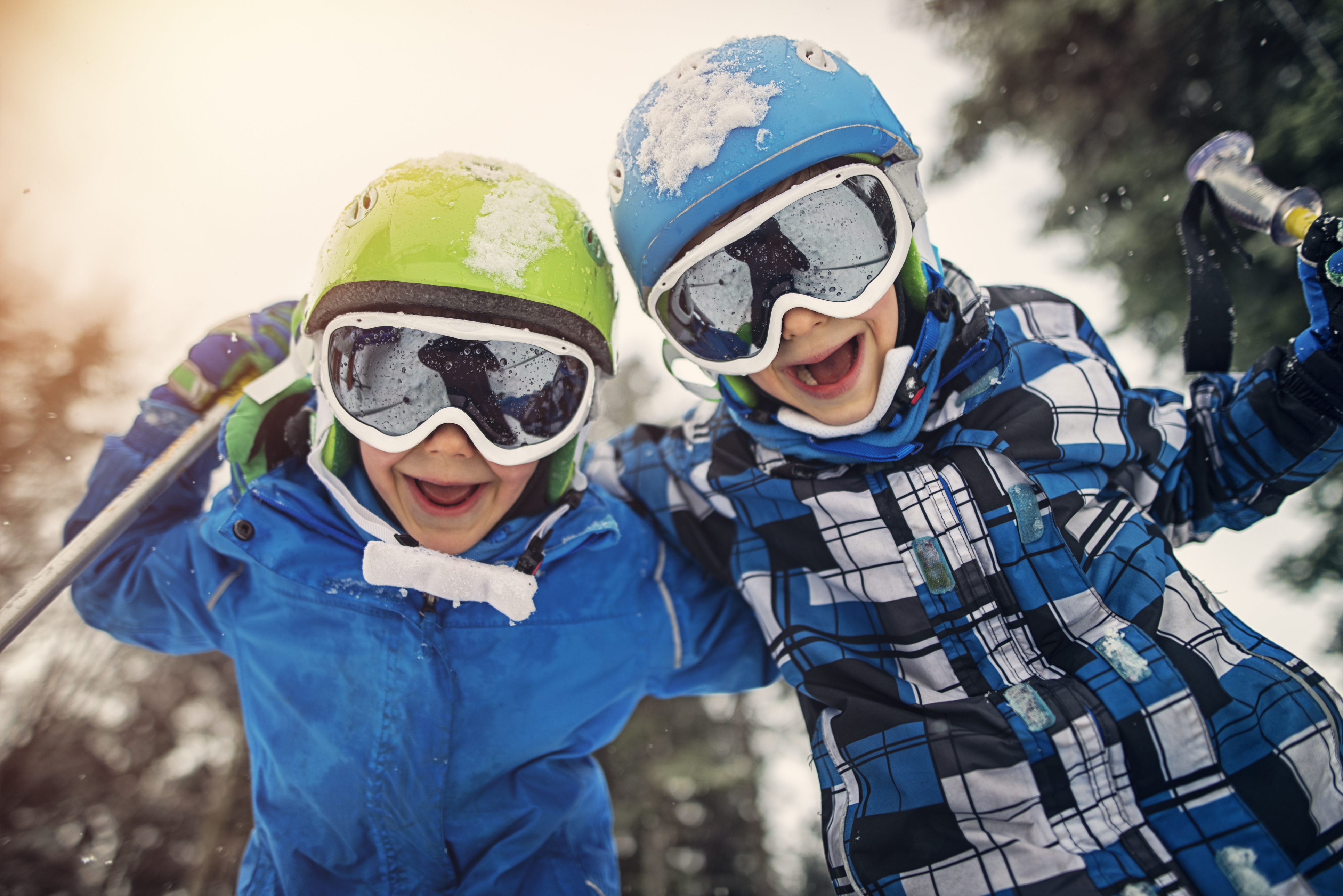
Alyssa Bialowas
Cross-country skiing has gained popularity as one of the most well-loved winter sports. Adults and children alike are making names for themselves as elite cross-country skiers. And, along with any elite sport, training is key. Although physical training is customary for young athletes, proper training needs to be accepted by coaches who understand that children are not adults and need to be trained in a unique way. If athletes (especially young athletes) skip training in favor of quick results, they risk reaching their full potential.
Numerous researchers and studies have looked at male elite level cross-country skiers. However, there’s a gap when it comes to the testing and training of younger athletes. There is also limited research concerning female youth skiers, which is important for an overall understanding of how to predict youth cross-country skiing performance. And the results from the research on male elite skiers isn’t efficient for the training of young athletes, as they operate differently both psychically and mentally. How can coaches determine youth cross-country skiing performance?
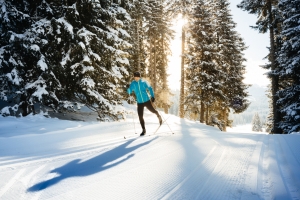
The Study
Simple roller skiing tests are effective in determining youth cross-country skiing performance. Ski clubs and federations should use them to evaluate young talent.
A study by Stöggl et al. (2017) looked at whether specific roller skiing tests and cycle lengths can determine youth cross-country skiing performance. 49 young participants took part in this study (33 males and 19 females). All of them were regional top athletes and podium winners in the Austrian National Championships.
The participants performed roller skiing tests of short (50 m) and long durations (575 m). All tests were performed on provided roller skis and each participant used their own poles. Outdoor and indoor tests were performed on two separate days, one month before competition season began. Flat and uphill double-poling were tested on the first testing day, and on the second testing day, short duration sprint performance with double poling, V2 and leg skating was measured via 50 m indoor sprint tests.
Related Article: Alpine Skiing: A Form of HIIT
Results
The results of the roller skiing tests were compared to on snow cross-country skiing based on 3 skating and 3 classical distance competitions. Anthropometrics and maturity status were related to boys’ skiing performance, but not girls’. Correlations were found between girls’ and boys’ short duration maximal roller skiing speed and cross-country skiing performance. Boys’ cross country performance was predicted by double poling test performance on flat and uphill, while girls’ performance was best predicted by uphill double poling test performance.
Cross-Country Skiing Takeaways
The correct training of youth cross country skiers is therefore essential in developing their talent to the full potential. It would be beneficial if further research tested sports other than roller skiing as pre-cursors to predict youth cross-country performance to see if they get similar results for predicting performance.
Related Article: Children & Relative Age Effect
References
Stöggl, R., Müller, E., and Stöggl, T. (2017). “Do Maximal Roller Skating Speed and Double Poling Performance Predict Youth Cross-Country Skiing Performance?” Journal of Sports Science and Medicine. 16: 383- 390.
You Might Like:


